Expected to earn an additional half billion USD from exporting frozen durian to China, however, after more than half a year of opening the market, this number is still only on paper.
Fear of return risk
According to data from the Chinese Customs Administration, in 2024, Vietnam was the second largest supplier of durian to China with 736.72 thousand tons, accounting for about 47.2% of total imports. This is the market with the strongest growth, with exports increasing by 49.4% compared to 2023. The export value of durian from Vietnam to the Chinese market in 2024 also reached nearly 2.94 billion USD, an increase of 37.5%. However, the average price decreased by 8% to 3,991 USD/ton.
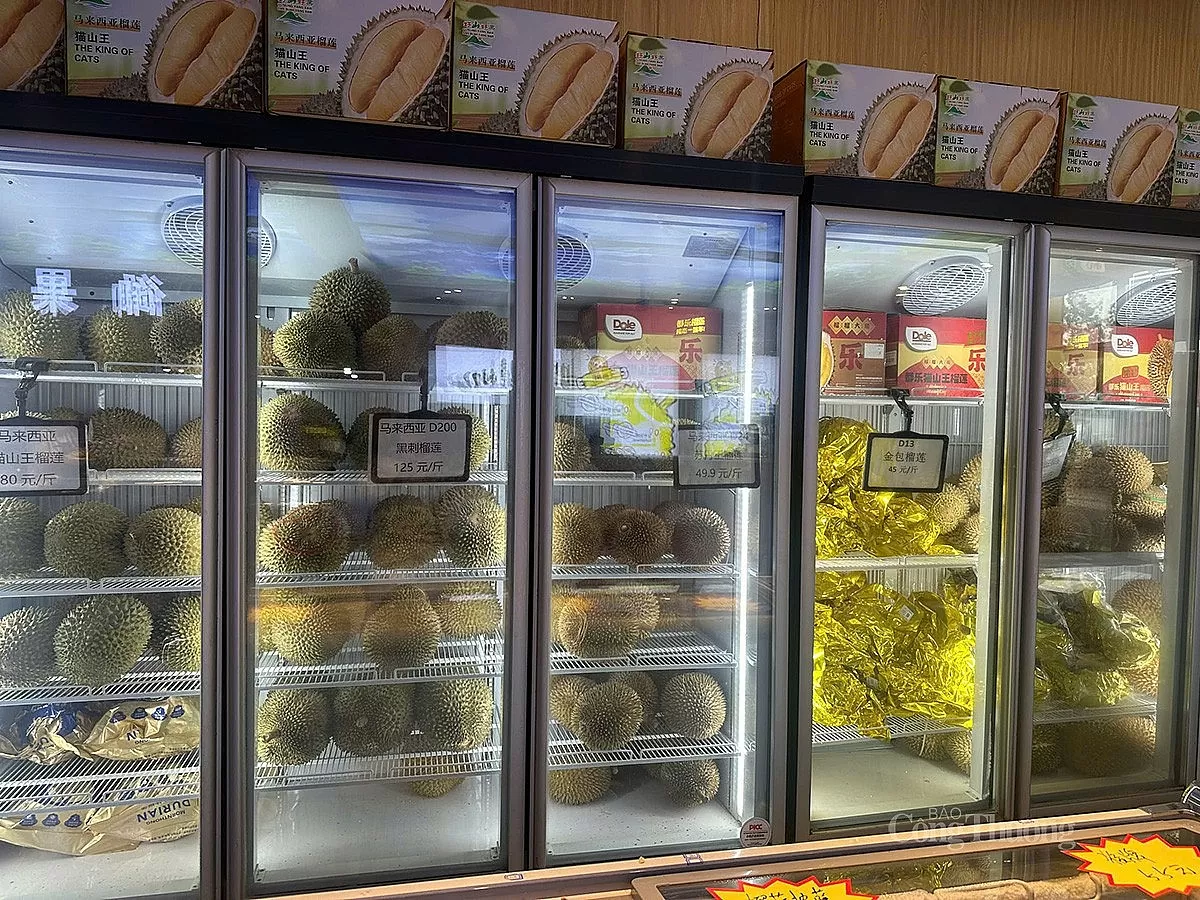 |
| Frozen Malaysian durian on sale in China. Photo: Phan Men |
Notably, despite the increase in fresh durian exports to the Chinese market, frozen durian from Vietnam has yet to reach the Chinese market after 6 months of this market opening.
Frozen durian for export includes whole durian (with shell), pureed durian (without shell) and durian pulp (without shell). Talking to reporters of Industry and Trade Newspaper, Mr. Dang Phuc Nguyen - General Secretary of the Vietnam Fruit and Vegetable Association - said that currently, there are Vietnamese enterprises recognized by China to export frozen durian to this market. However, approved enterprises are still hesitant to export frozen durian due to the lack of specific instructions on delivery and customs clearance procedures at the border.
Each shipment is worth 7-8 billion VND (3-4 times more valuable than fresh durian). If the export is not favorable and does not meet China's requirements and regulations, especially food safety issues, if the goods are returned, the business will suffer huge losses, along with the risk of having exports suspended, the growing area code and packaging facility revoked.
"Currently, Vietnamese frozen durian has been exported to the US, Canada, and Australia markets, but not to the Chinese market," said Mr. Dang Phuc Nguyen.
Meanwhile, according to a business, China's demand for imported frozen durian is also very large. The biggest difficulty at present is having to test some chemical residue indicators according to China's requirements. Meanwhile, the residue problem in Vietnamese durian is sometimes not guaranteed. This is a problem that businesses are concerned about. Another problem is negotiating, concluding contracts and delivery conditions with partners, because each container of frozen durian has a very large value.
Malaysian frozen durian 'takes over the airwaves'
Speaking with Cong Thuong Newspaper, Ms. Phan Thi Men - General Director of SUTECH Science and Technology Consulting Company Limited - said that the standards for frozen durian are much stricter than those for fresh durian, requiring manufacturers to comply with HACCP standards or equivalents such as ISO 22000:2018, BRC, FSSC 22000...
Frozen durian processing facilities must ensure that they prevent and avoid risks of microorganisms, yeasts, and molds in the raw materials during harvest. The transportation process must be absolutely safe, without causing waterlogging or rotting of the product. In particular, risks of pesticide residues, heavy metal residues, etc. remaining during the cultivation process must be controlled and prevented.
The process of separating segments, separating seeds, and pureeing and freezing also requires high management and prevention of biological, chemical and physical hazards so that the product is not contaminated with E.Coli, Salmonella bacteria...
Regarding the factory, the principle of factory layout must ensure one-way flow, accordingly the input of raw materials and the output of finished products are not on the same path to ensure no cross-contamination.
For frozen durian packaging facilities, it is necessary to ensure a closed, standardized process from the personnel involved in the process to the product processing and finished product.
Frozen durian must be processed at -35°C or below for at least 1 hour until the core temperature reaches at least -18°C or below, and this temperature must be maintained throughout storage and transportation.
China is a large market that almost all exporting countries aim for. However, conquering this market is not easy at all. Ms. Phan Thi Men said that in the shopping mall, for fresh durian, it is mainly Dona durian from Thailand, while frozen durian is mainly whole frozen Musangking durian from Malaysia.
Regarding frozen durian, in China, people are extremely fond of whole frozen durian from Malaysia. What is Malaysia's strategy to make their frozen durian so trusted by the Chinese market?
First, this country pays special attention to investing in quality and appearance. The country's frozen whole durian is mainly Musangking durian, round and even. The smell of this durian is not as strong and pungent as Ri6. At the same time, the fruit has a beautiful and eye-catching appearance. Second , Malaysia focuses on promoting its brand and accessibility. Malaysia regularly organizes fruit festivals in China. It can be seen that their durian is very familiar to the Chinese people.
The fact that frozen durian - a processed product of Vietnam - has signed an official export protocol to China - this is a new opportunity for processed products of Vietnam. Not only durian but also processed agricultural products have many advantages. Long preservation time, retaining nutritional value and flavor... Thereby helping to increase the value of agricultural products when exported.
Consumers are increasingly saving time, so convenient and easy-to-prepare products will be increasingly noticed. Therefore, it is necessary to constantly approach the trends and tastes of consumers; as well as the market to have new products to promptly meet the needs.
At the same time, it is necessary to change the purely commercial way, invest in building processing plants, delve into deep processing science, promote technology... Because this is the key strategy for Vietnam to not only increase export turnover but also increase competitiveness, develop more sustainably in the world market, especially China.
On the Association’s side, Mr. Dang Phuc Nguyen suggested that it is necessary to strictly control the quality of durian from the root. Accordingly, all durians before being cut and sold on the market must be tested for Cadmium, O-yellow, etc. to meet new standards for cutting and selling. Changing the way of doing things and making information transparent will be the sustainable way for this industry.
According to the Ministry of Agriculture and Rural Development, there are currently 7 Vietnamese enterprises recognized by China for export. In addition, 25 other enterprises have submitted documents awaiting approval from the Chinese side. The Ministry is also creating all conditions to promote frozen durian exports in 2025. In terms of technical standards, the Ministry has provided training and guidance on frozen durian export standards. The export of frozen durian depends only on the signing of contracts between Vietnamese and Chinese enterprises. The Ministry has requested that if enterprises encounter difficulties or problems during the export process, they should report to the Ministry and the General Department of Customs of China to resolve them. |
Source: https://congthuong.vn/sau-rieng-dong-lanh-viet-nam-van-vang-bong-tai-trung-quoc-375146.html






![[Photo] Prime Minister Pham Minh Chinh chairs conference on anti-smuggling, trade fraud, and counterfeit goods](https://vphoto.vietnam.vn/thumb/1200x675/vietnam/resource/IMAGE/2025/5/14/6cd67667e99e4248b7d4f587fd21e37c)



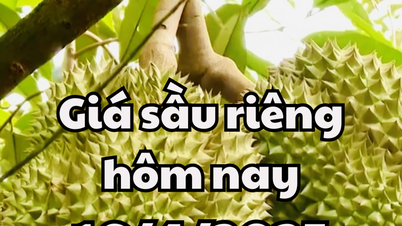
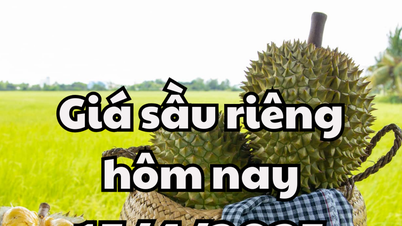
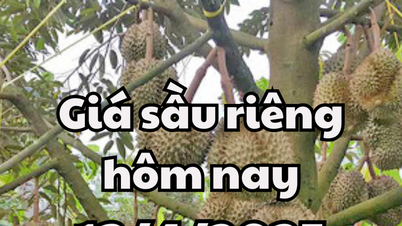
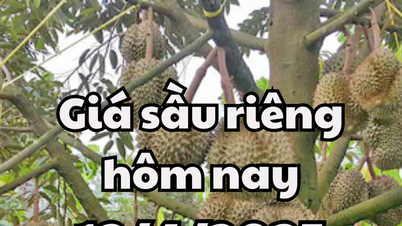
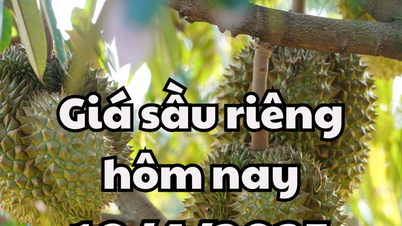





































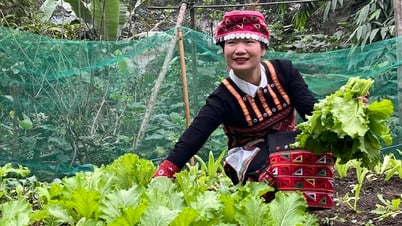













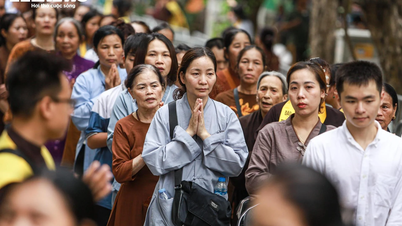






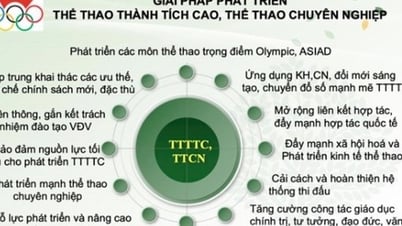



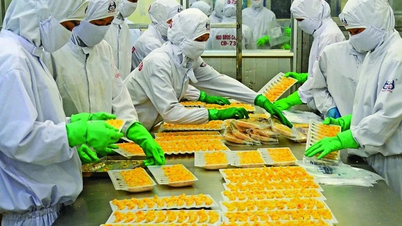








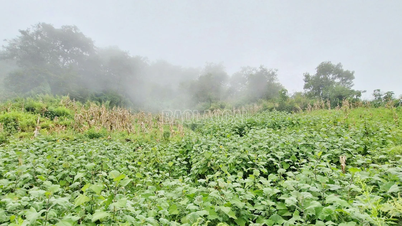




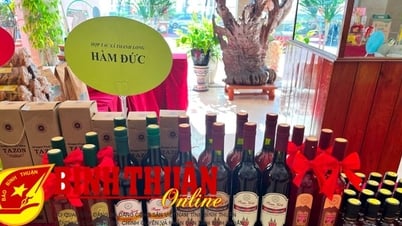



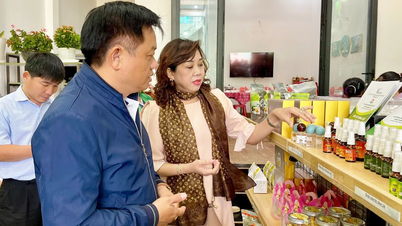
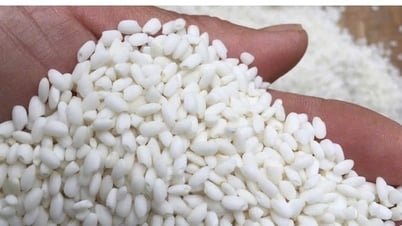




Comment (0)